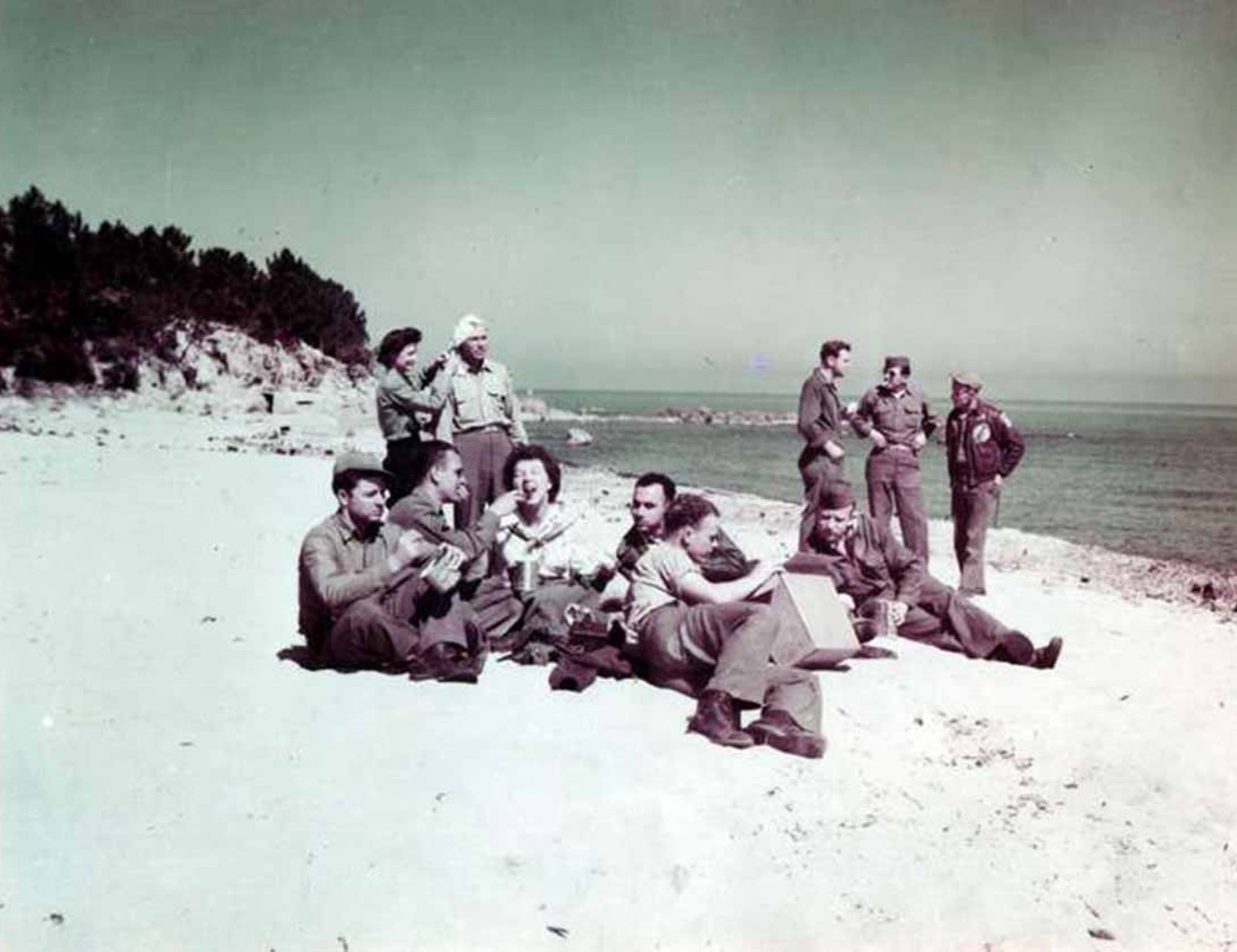
USS Corsica
Sheltering around 50,000 US soldiers and airmen, Corsica was a stategic base towards the end of the Second World War, and there are still traces if you know where to look. The island was likened to an unsinkable aircraft carrier which, by its strategic position, played an important role for the allies.
"USS" is the code used for US Aircraft carriers, but "USS Corsica" was not a single airport or airfield, there were 17 in total, including Ajaccio Campu del Oru which already existed pre-war, and others built by the Americans including Calvi Ste Catherine and Bastia Poretta, the current international airports in the North of the island.
The island offered an optimum base used in the Italian campaign and the landings in Provence.
Bombers, fighters and reconnaissance aircraft were positioned on these airfields scattered across the island, particularly along the eastern and north coast. The bomber B-17 was the most famous American bomber of the World War II, also called a “flying fortress” because it was known for its stability, the aircraft was able to take on substantial damage and still fly on.
There is a magnificent example of a B-17 Flying Fortress located in the bay of Calvi, just below the citadelle. The aircraft had been on a mission to bomb the railway at Verona, Italy, but before they reached their goal, the bombers were attacked by German fighters.
The B-17 was badly damaged and had to make an emergency landing on the water off Calvi. The tail broke off and the aircraft sank within a short time. The site is a must for scuba divers as the aircraft is very well-preserved.



